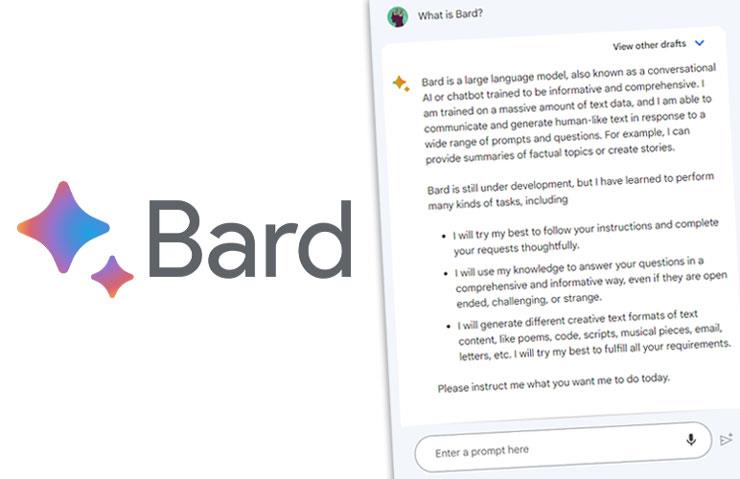
Bard is a conversational AI chatbot developed by Google. It is powered by a large language model (LLM) called LaMDA, which allows Bard to generate text, translate languages, write different kinds of creative content, and answer your questions in an informative way. Bard is still under development, but it has learned to perform many kinds of tasks, including
- Following your instructions and completing your requests thoughtfully.
- Using its knowledge to answer your questions in a comprehensive and informative way, even if they are open-ended, challenging, or strange.
- Generating different creative text formats of text content, like poems, code, scripts, musical pieces, email, letters, etc.
In this article, we will discuss what Bard is, how it works, and how you can use it. We will also provide some tips for getting the most out of Bard.
What is Bard?
Bard is a large language model (LLM) chatbot developed by Google AI. LLMs are trained on massive datasets of text and code, which allows them to learn to perform many kinds of tasks. Bard is trained on a dataset of text and code that is over 1.56 trillion words in size. This allows Bard to generate text, translate languages, write different kinds of creative content, and answer your questions in an informative way.
How does Bard work?
Bard works by using a process called natural language processing (NLP). NLP is a field of computer science that deals with the interaction between computers and human (natural) languages. Bard uses NLP to understand the meaning of your questions and requests, and to generate text that is relevant to your needs.
How to use Bard
To use Bard, you can simply type your question or request into the text box. Bard will then generate a response. You can then use the buttons below the response to ask Bard follow-up questions, or to get more information on a particular topic.
Tips for using Bard
Here are a few tips for getting the most out of Bard:
- Be as specific as possible when you ask Bard a question. The more specific you are, the better Bard will be able to understand what you are asking.
- Use natural language when you ask Bard a question. Bard is trained on a dataset of text, so it is best to use language that is similar to the language that is used in the dataset.
- Be patient with Bard. Bard is still under development, so it may not always be able to answer your questions perfectly. However, Bard is learning every day, and it will get better at answering your questions over time.
I hope this article has given you a better understanding of what Bard is and how you can use Google Bard AI.